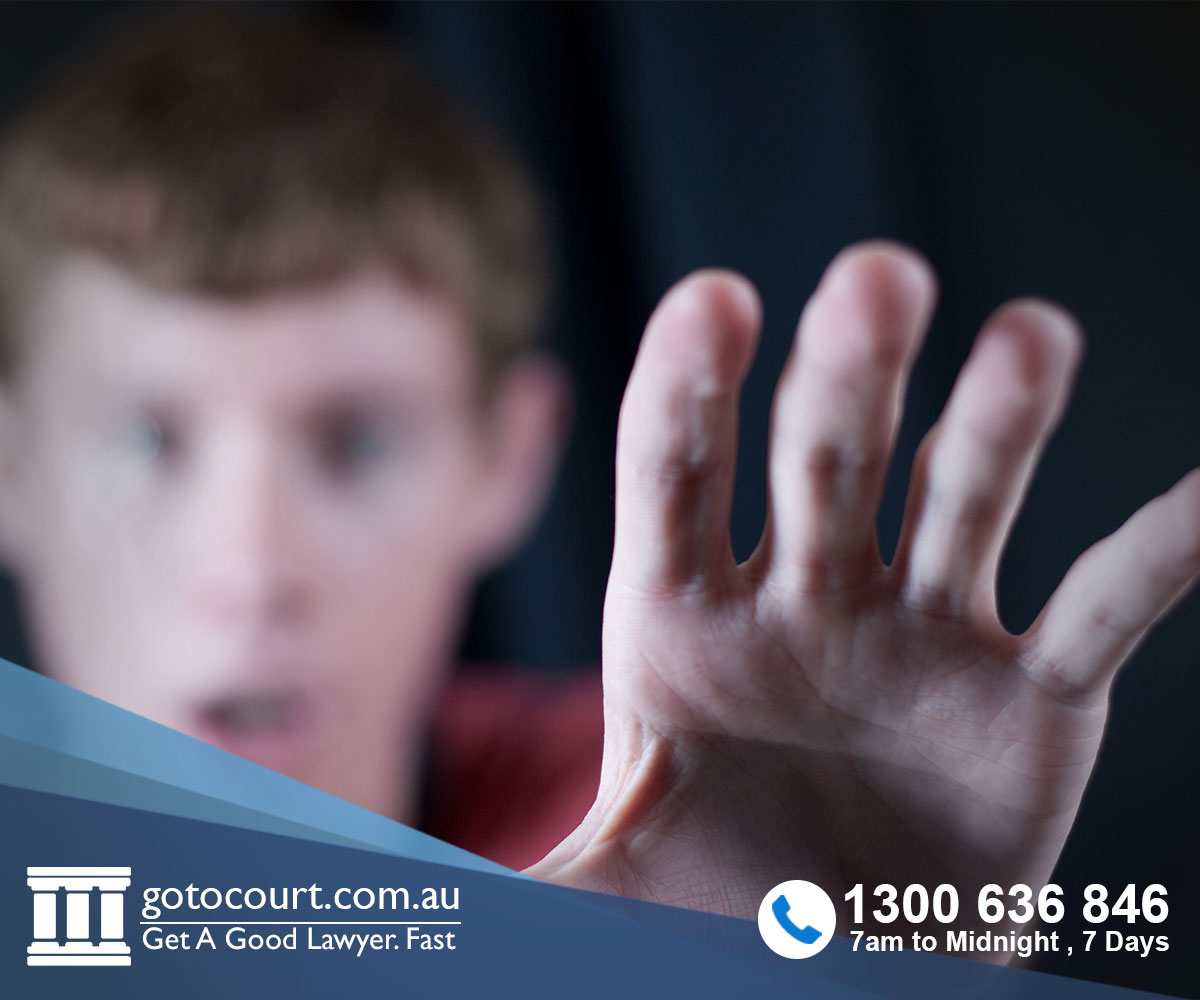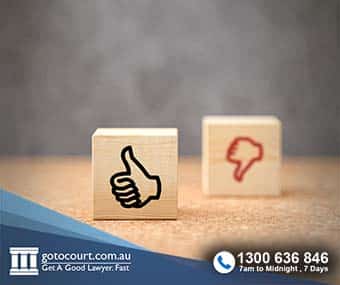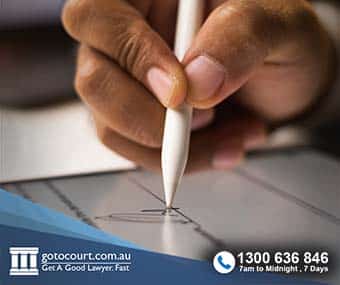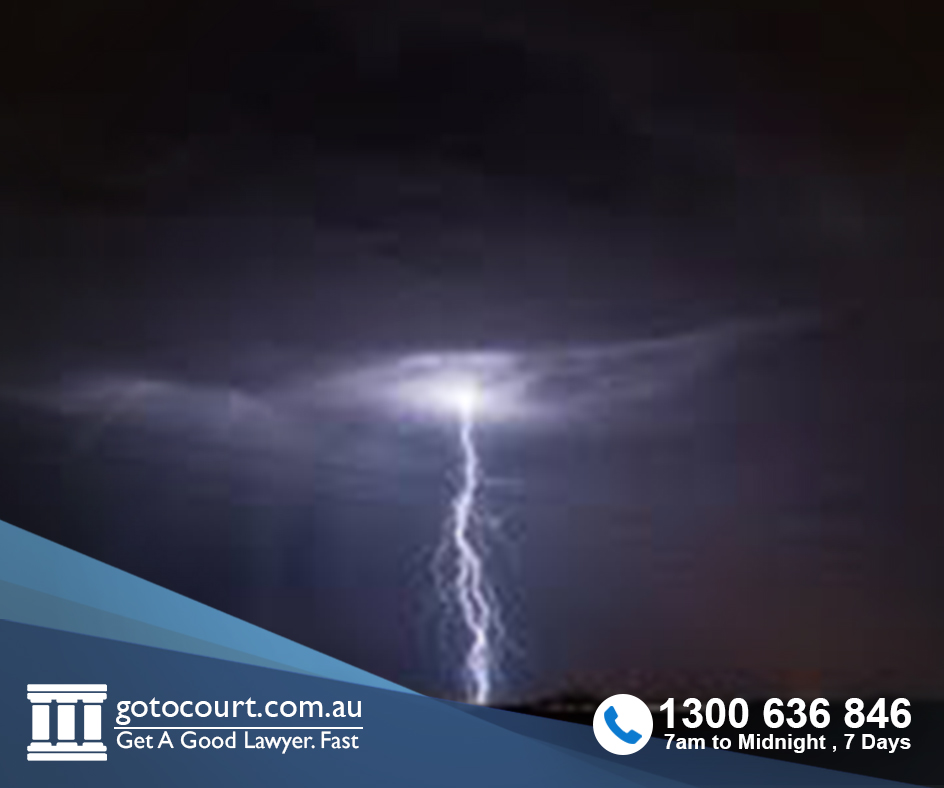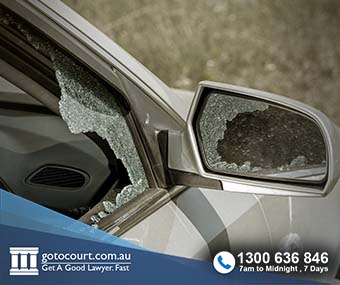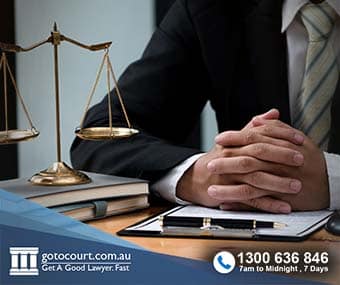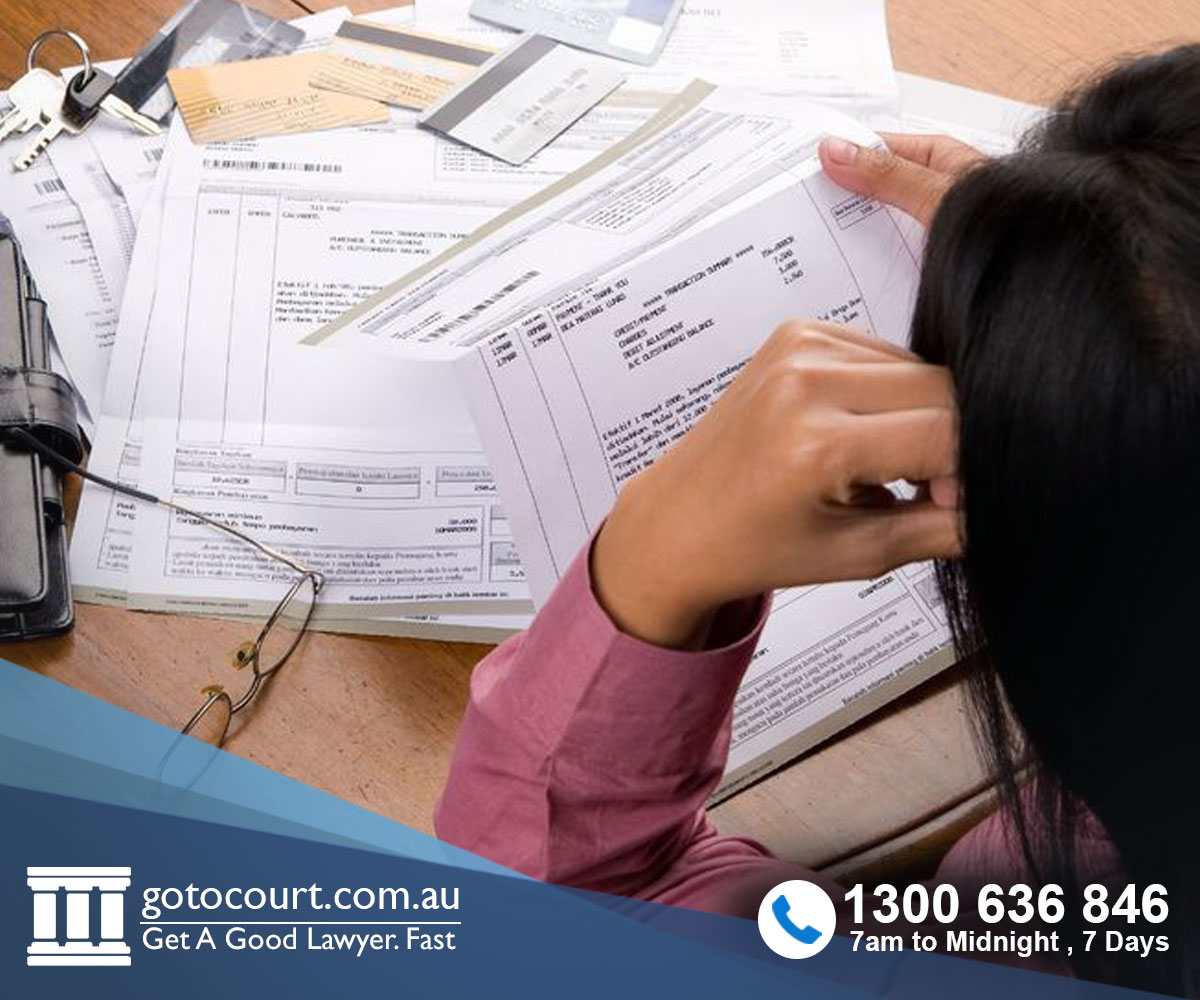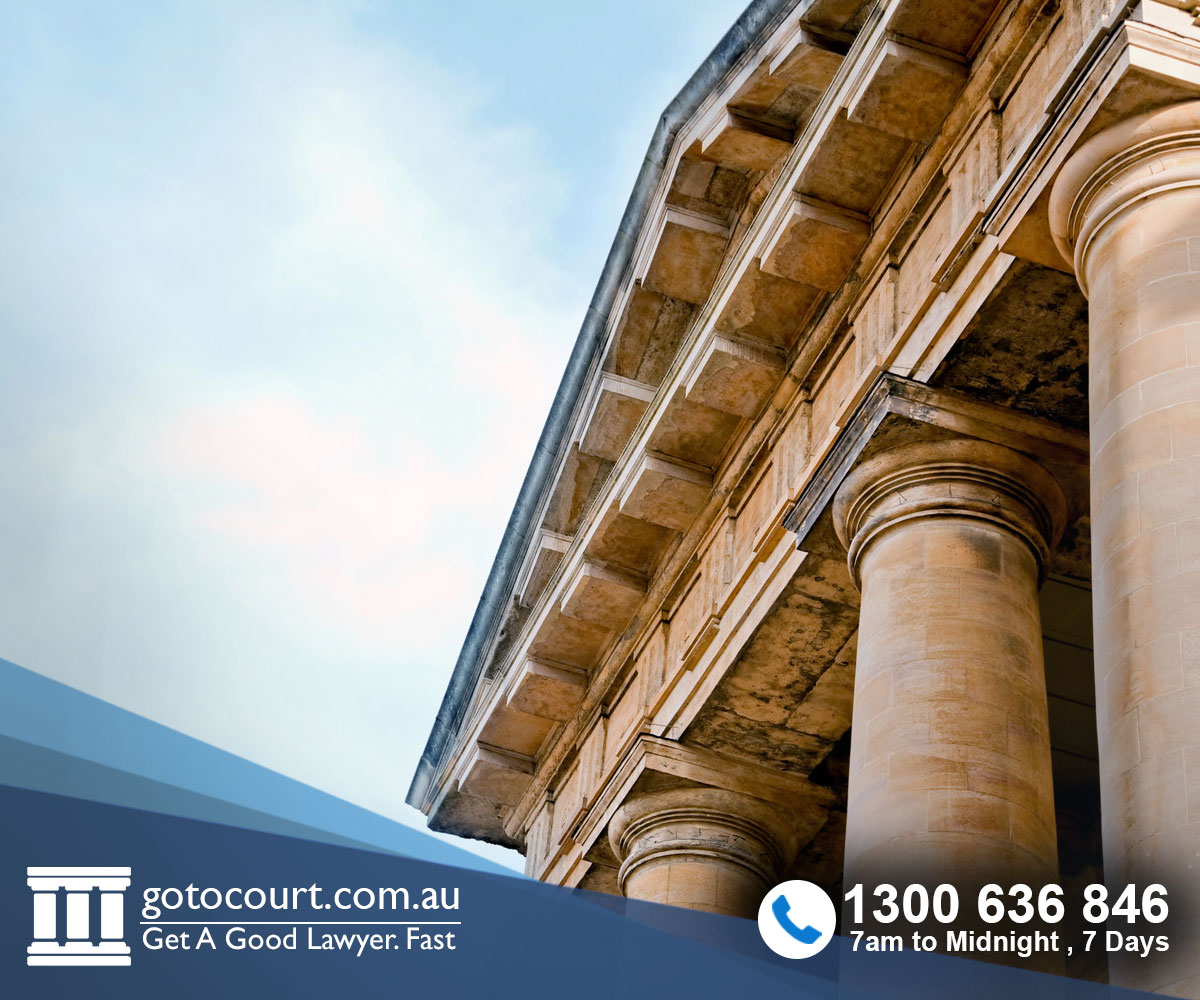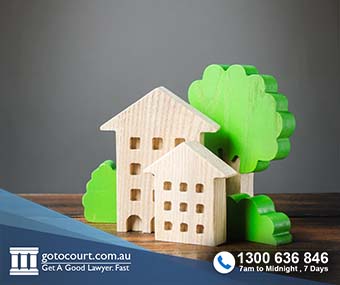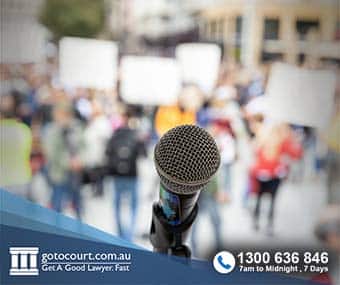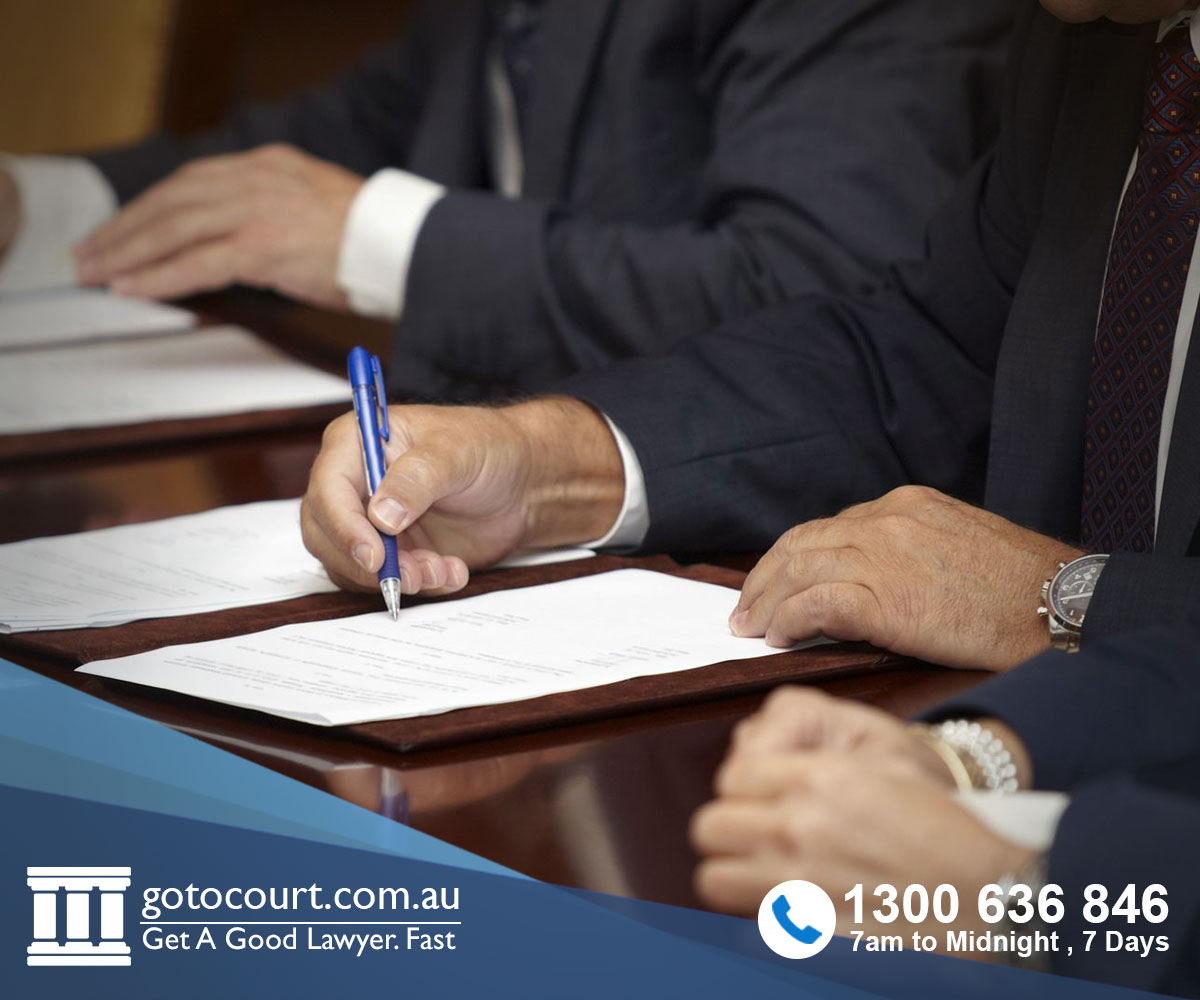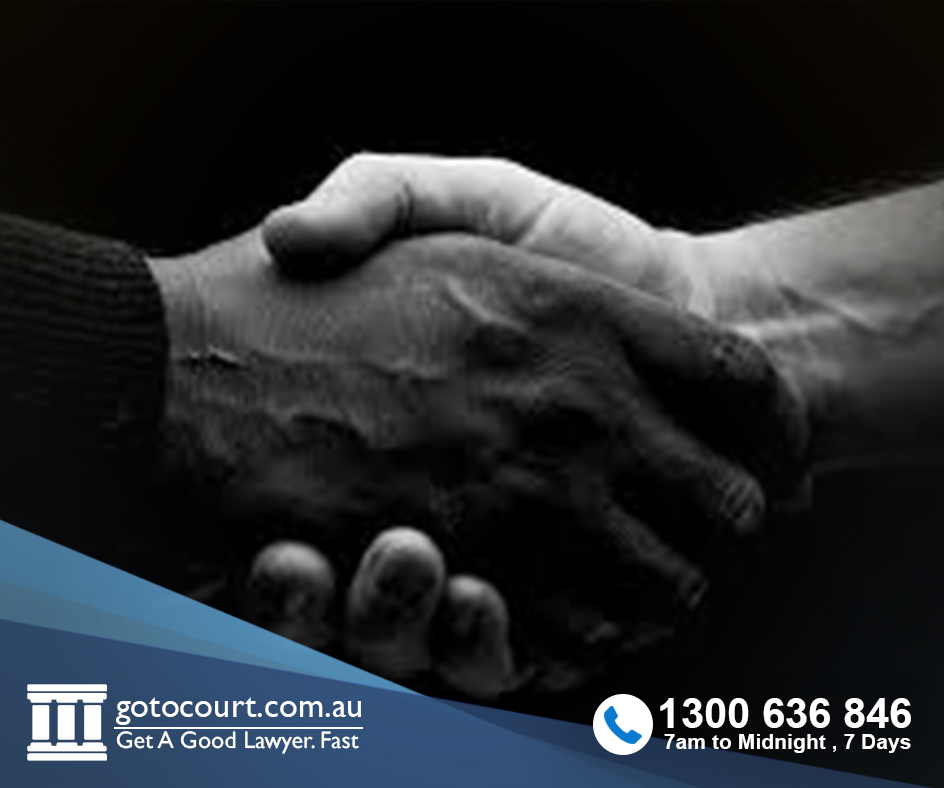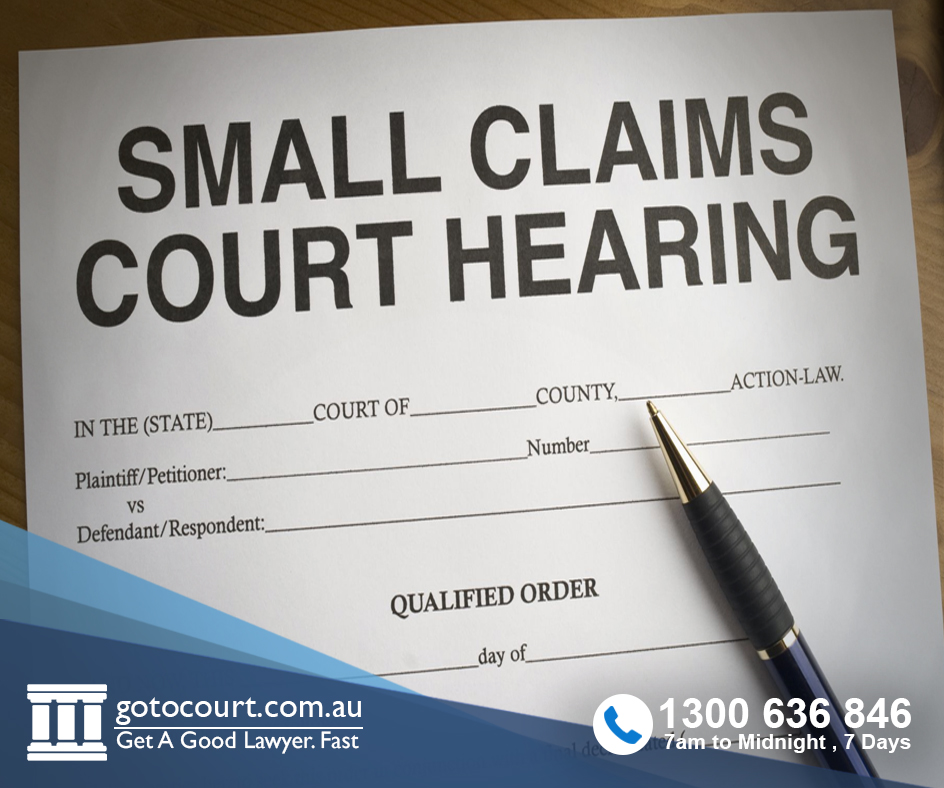Call our lawyers
now
or,
have our lawyers
call you
Injurious Falsehood in Australia
Updated on Jan 24, 2024 • 8 min read • 744 views • Copy Link
Injurious Falsehood in Australia
The tort of injurious falsehood is committed when a party (the defendant) makes false representations about the goods and services provided by another party (the plaintiff). The representations can be either written or spoken and they must encourage others not to deal with the plaintiff, which then causes the plaintiff to suffer damage.
Injurious falsehood is different to defamation, which concerns a person’s reputation; a claim of injurious falsehood focuses on a person’s ability to sell their goods or services in the course of carrying on a business.
The tort of injurious falsehood might arise in relation to false statements or disparaging remarks about the title or quality of land or goods. Similarly, it may relate to statements that the plaintiff is no longer in business, as was the case in Palmer Bruyn & Parker Pty Ltd v Parson (2001) 208 CLR 38.
In injurious falsehood cases, the plaintiff may be able to commence an action to recover damages for the economic loss suffered.
Establishing injurious falsehood in Australia
To establish a claim for injurious falsehood in Australia, a number of elements must be proven.
False statement
To begin a claim of injurious falsehood, there must have been a false statement regarding the plaintiff’s goods or business.
The standard of proof that a false statement has been made is on the balance of probabilities. This means that a plaintiff must show that it was more likely than not that a false statement was made.
The determination of whether a statement is true or not is a question of fact which depends on the overall circumstances of the case.
Publication
The false statement must have been publicised to a third party. A statement made by the defendant to the plaintiff only does not constitute injurious falsehood.
The statement need not have been published nationally, although widespread publication does make a successful claim more likely. Injurious falsehood requires the false statement to have been transmitted to third parties which are not the plaintiff or the defendant. Because the false statements can be written or spoken, there are many ways to demonstrate that a statement has been publicised.
Example 1
A owns a construction company. B approaches A and shouts at him that she would never use his company because he uses inferior timber riddled with termites. The claim is false. This would not amount to an injurious falsehood as it has not been publicised as required by law.
If, though, there are others within earshot who can hear the conversation, it may amount to publication and a cause of action might arise.
Malice
The next element that must be proven in a claim of injurious falsehood is that there was malicious intent behind the publicised false statement. Malice involves a clear intent to inflict damage upon the plaintiff. Whether a publication is malicious depends upon the circumstances in which the publication was made.
The existence of malice is a question of fact which can be worked out through the context of a particular case.
Example 2
Following on from example 1, assume that A’s construction company relies on contractual work with a number of property developers. B despises A and wants to cause him damage. Instead of shouting at A about his ‘inferior timber riddled with termites’, B instead sends the false claim in an email to all of the property developers with whom A deals. Here, she is clearly being malicious in making the publication and it can be reasonably inferred that she intends to inflict damage on A’s business by doing so as A relies on these businesses for work.
Assessing damages for injurious falsehood in Australia
To be successful in a claim for injurious falsehood in Australia, the plaintiff must have suffered damage as a direct result of the publicised false statement.
In determining the extent of the damage, the courts may take into account the following factors:
- The seriousness of the false allegation;
- The extent of publication;
- The likely ‘grapevine’ effect;
- The size of the business affected;
- The effect on the plaintiff’s personal reputation; and
- Whether the defendant made any attempt to apologise and rectify the situation.
To read more, see the case Seafolly Pty Ltd v Madden (No 4) (2014) 320 ALR 763.
Seriousness
The seriousness of the allegation will be determined by looking at the nature and content of the publicised statement coupled with the malice behind the statement.
A sufficient level of seriousness would be demonstrated if both of the following are present:
- There was a clear intention to cause damage; and
- The nature and substance of the publicised statement shows malicious intent.
Extent of the publication
The extent of the publication refers to the type and number of people the statement was directed at.
Types of people in order of importance are as follows:
- The general public, such as passers-by;
- Colleagues; and
- Those who the plaintiff does business with.
Example 3
When B shouts at A, if an unaffiliated individual was passing by and overheard the shouting, it may not have a detrimental effect on the plaintiff.
However, in sending the email to A’s property developers, the class of people who were the audience to the false statements indicates that the plaintiff has likely been adversely affected.
Grapevine effect
Grapevine effect is a measurement of the damage caused to a plaintiff’s business by the spread of the publicised false statement. In Crampton v Nugawela (1996) 41 NSWLR 173 the court discussed the way the spread of gossip can undermine a plaintiff’s standing in their professional group. This was coined the grapevine effect.
Evidence of the grapevine effect will help to determine the extent of the publication. The court must consider how widespread the publication could be and whether the allegations are likely to resurface at a later time.
Example 4
The publication to a single bystander may not, on its face, appear to be likely to give rise to the grapevine effect. However, the court must consider all relevant circumstances. This includes the identity of the bystander, the nature of their occupation, their connection to the plaintiff’s business, and whether publication to those connections would have a detrimental effect on the plaintiff’s business.
Size of the business affected
The size of the business is considered by the court to determine how long it has been established and how reputable it is. If a business has not been operating for long or does not have a sufficient reputation, it will be more difficult to prove that any damage has occurred as a result of the false statement.
The likely impact on the business is self-explanatory and refers to the likely damage that would occur as a result of the publicised false statement.
Example 5
In our example, if A’s business has been long-standing and is one that is widely known within the community the likely impact on A’s business is that none of the developers will contract A in the future as a result of B’s false statement. This will obviously cause significant damage to the business.
Personal reputation
Although personal reputation is generally covered by defamation, the effect on the plaintiff’s reputation can also be a significant factor in injurious falsehood claims.
The false statement will likely reflect on the plaintiff personally. Therefore, potentially making it impossible to continue business or commence another successful business.
Example 6
As a result of B’s statements, A decides to cease operating under their current business name. He creates a new business entity providing the same services. Although the original publication of B’s statement referred to the services and products of A’s previous business, the stigma from the publication is likely to attach to A personally, thereby affecting A’s new business.
Apologies and attempts to rectify
Whether the defendant has apologised and tried to rectify the false publication is important.
Damages can be averted by a defendant if they publicly apologise, acknowledge the statement as being false, and all third parties who witnessed the original publication are reached.
However, the effect of the apology will be assessed very carefully by the court.
There may be some situations where the apology has been made too late or where the apology is unlikely to be significant enough to rectify the damage caused by the original false statement.
Awarding damages for injurious falsehood in Australia
Damages will generally be limited to actual loss sustained by the plaintiff. Damages can be extremely difficult to assess in both claims of defamation and injurious falsehood. This is because a cause-and-effect relationship must be proved. The court must be satisfied that the publication of the false statement caused the loss sustained by the plaintiff. This can be practically impossible to establish. Often, evidence presented before the court will offer little assistance and the court will make a determination using the factors set out above.
Making or defending a civil claim can become an expensive exercise. It is therefore important to understand your rights and obligations thoroughly before the matter gets to court.
If you require legal advice or representation in any legal matter, please contact Go To Court Lawyers.
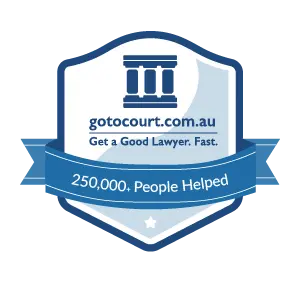
Affordable Lawyers
Our Go To Court Lawyers will assist you in all areas of law. We specialise in providing legal advice urgently – at the time when you need it most. If you need a lawyer right now, today, we can help you – no matter where you are in Australia.How It Works







1. You speak directly to a lawyer
When you call the Go To Court Legal Hotline, you will be connected directly to a lawyer, every time.


2. Get your legal situation assessed
We determine the best way forward in your legal matter, free of charge. If you want to go ahead and book a face-to-face appointment, we will connect you with a specialist in your local area.


3. We arrange everything as needed
If you want to go ahead and book a fact-to-face appointment, we will connect you with a specialist in your local area no matter where you are and even at very short notice.




